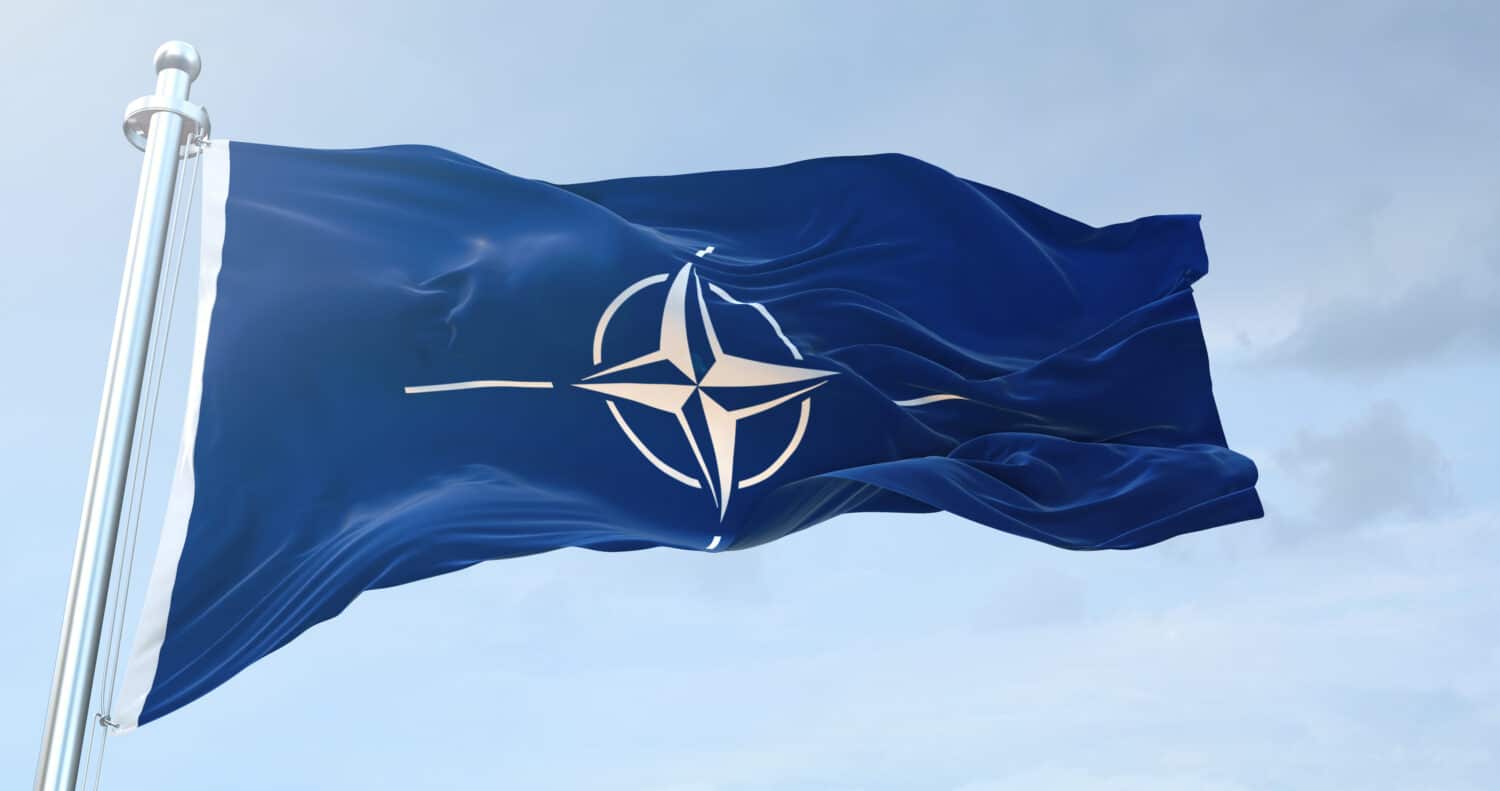
The North Atlantic Treaty Organization (NATO) recently celebrated its 75th year. The alliance now boasts 32 nations but not all members contribute equally. To address this discrepancy, NATO members agreed in 2014 to spend 2% of their GDP on defense within the next decade. 10 years later, there has been significant progress in reaching this goal and a clear majority now meet the 2% target. This article will examine the members who meet the spending goal and how they did it.
Why This Matters

The furor over NATO members skirting their spending obligations is nothing new. American Presidents from Eisenhower to Obama have urged members to do more.
In the upcoming US presidential election, the future direction of NATO is at stake. The Republican ticket is more skeptical of American participation in NATO while the Democratic nominees want to strengthen ties with the alliance. The case for NATO is strengthened when members fulfill their obligations.
The 2% Guideline

In June 2014, Barack Obama spoke of the need for NATO members to do more. Shortly before the Wales Summit, Obama outlined his position:
That does mean that every NATO member has to do its fair share. Obviously, we all have different capacities. The United States is going to have different capacities than Poland; Poland is going to have a different capacity than Latvia. But everyone has the capacity to do their fair share, to do a proportional amount to make sure that we have the resources, the planning, the integration, the training in order to be effective. . . .
The 2% target was outlined at the 2014 NATO summit held in Wales, shortly after Russia annexed Crimea. The summit’s declaration condemned Russia’s conduct in Ukraine:
Russia’s illegitimate occupation of Crimea and military intervention in eastern Ukraine have raised legitimate concerns among several of NATO’s other partners in Eastern Europe.
The spending target was partly due to Russia’s action in Crimea and Eastern Ukraine and security concerns in the Middle East and North Africa. The allies who already spent 2% or more of GDP pledged to continue to do so. At the time only Greece, the UK, and the United States were at that spending level. The rest agreed to reach that target within a decade. Another key point was spending 20% of the defense budget on new equipment.
Progress was slow until Russia invaded Ukraine in 2022. The incursion created a sense of urgency over security in Eastern Europe. As a result, a clear majority (23 members) will reach the 2% target in 2024. It should also be noted that outgoing Secretary General of NATO, Jens Stoltenberg wants members to go even further, the goal of 2%:
is no longer some kind of ceiling, but 2% is now the floor for our defense spending.
Slovakia
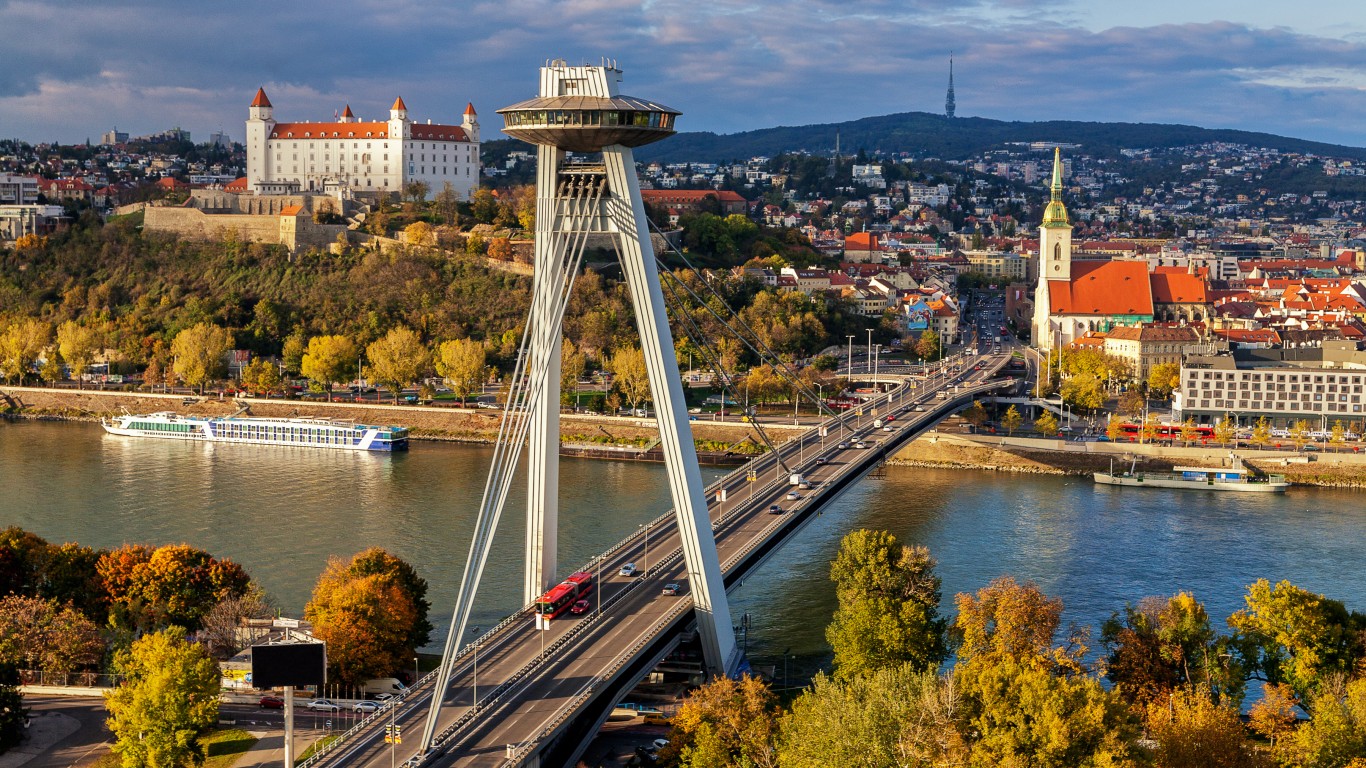
2021 Defense Spending: 1.74%
2024 Defense Spending: 2%
Slovakia joined NATO alongside six other nations as part of a major expansion of the alliance in 2004. Slovakia reached the 2% target in 2022 and then-Defense Minister Jaroslav Nad suggested members should aspire to even higher defense spending.
The country shares part of its border with Ukraine and was a strong supporter of Kyiv in the first year of the Russian invasion. However, the October 2023 elections saw Robert Fico become Prime Minister for the third time. Fico has spoken against Ukraine joining NATO, insisting that such a move would all but guarantee World War Three.
Montenegro

2021 Defense Spending: 1.55%
2024 Defense Spending: 2.02%
Montenegro is the second smallest member of NATO by population. The country has a small military of around 2000 personnel but has a strategically important geographic position. Montenegro’s ascension to NATO grants the alliance full control of the Adriatic Sea. The 2017 vote to join NATO was unanimous but only because pro-Russian members of parliament boycotted the proceedings.
Albania
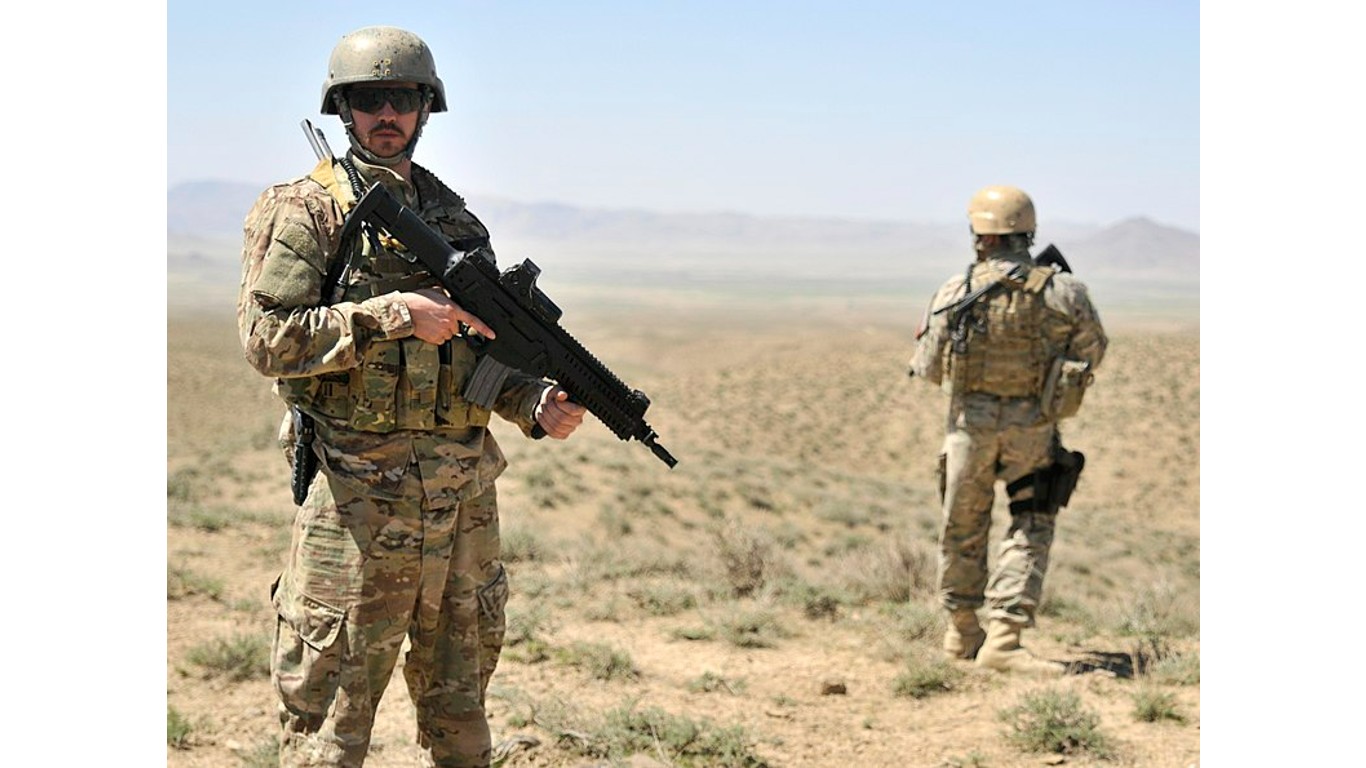
2021 Defense Spending: 1.24%
2024 Defense Spending: 2.03%
NATO gained a presence in the Western Balkans and the Adriatic Sea in 2009 when Croatia and Albania joined the alliance. Albania reached the 2% goal in 2024 and has plans to increase defense spending to 2.5% in the next five years. Though it has no air force, Albania reopened an air base at Kocuva for NATO members to use.
Netherlands

2021 Defense Spending: 1.36%
2024 Defense Spending: 2.05%
The Netherlands was a founding member of NATO in 1949. Dutch defense spending was well under the 2% target until the past year. That poor spending track record threatened to derail outgoing Prime Minister Mark Rutte’s ambition to succeed Jens Stoltenberg as NATO Secretary General. Despite the criticism from some American lawmakers, Rutte will take the reigns in October.
The Netherlands has taken a key role in providing Ukraine with military aid, including shipments of Leopard 2 tanks and F-16 jets.
France
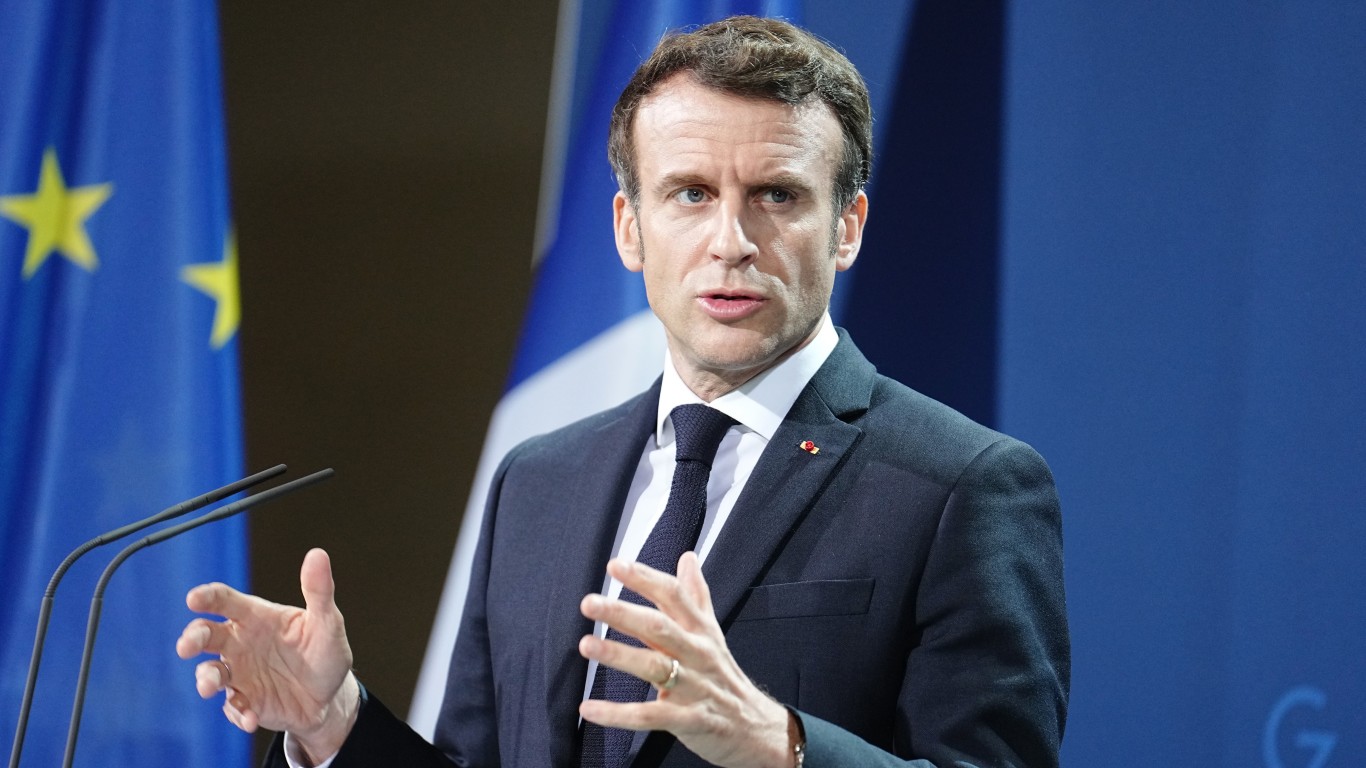
2021 Defense Spending: 1.91%
2024 Defense Spending: 2.06%
France is the third largest contributor to NATO and one of three nuclear powers in the alliance. The French haven’t seen eye-to-eye with fellow NATO members and President Charles De Gaulle removed the French military from NATO’s command structure in 1966. France withdrew its forces stationed in Germany but remained part of the alliance. Paris fully reintegrated with NATO in 2009.
Turkey

2021 Defense Spending: 1.61%
2024 Defense Spending: 2.09%
Turkey has the second largest army in NATO and occupies a key strategic position as both the gatekeeper to the Black Sea and a bridge to the Middle East. Since joining NATO in 1952 alongside Greece, Turkey has been a key member of the alliance. However, Ankara has not always seen eye-to-eye with other NATO members.
Greece and Turkey have a difficult history – an ongoing dispute over Cyprus and they nearly came to blows in 2020. Turkey was kicked out of the F-35 program for purchasing air defense weapons from Russia and raised concerns over its interest in joining BRICS. Turkey is also at odds with the United States over the conflict in Gaza.
Despite concerns over Turkey’s drift away from the West, the government insists Turkey remains a committed member of NATO. Ankara has reached the 2% spending goal and Defense Minister Yasar Guler spoke of his country’s commitment to NATO in an August 2024 interview.
Czechia
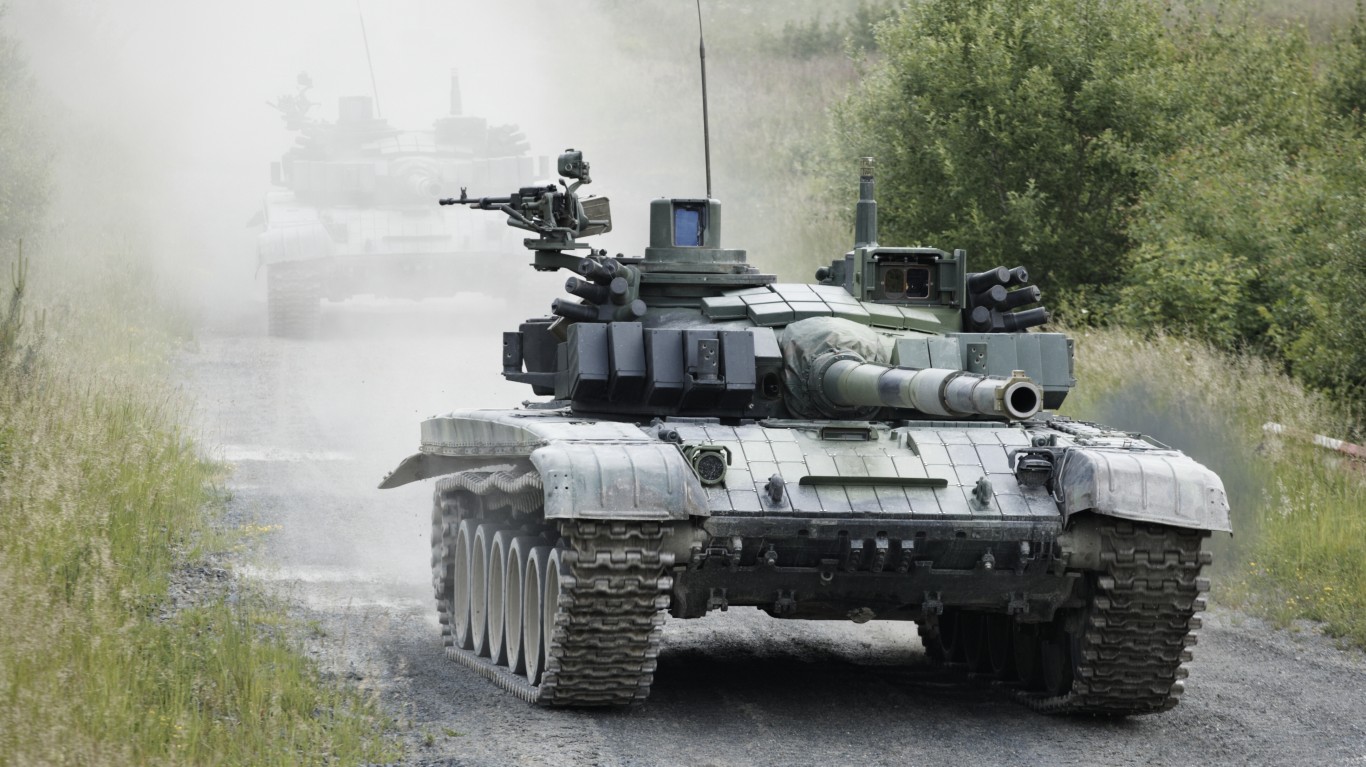
2021 Defense Spending: 1.39%
2024 Defense Spending: 2.1%
Czechia joined NATO along with three other former Warsaw Pact members in 1999. This was the alliance’s first expansion since the end of the Cold War. With largely outdated Soviet-era weaponry, Prague initially had difficulty upgrading its armed forces but ultimately met its spending obligations.
Czechia has taken a leading role in procuring munitions for Ukraine, bucking the trend of Central European countries that have become more reluctant to aid Kyiv.
Hungary
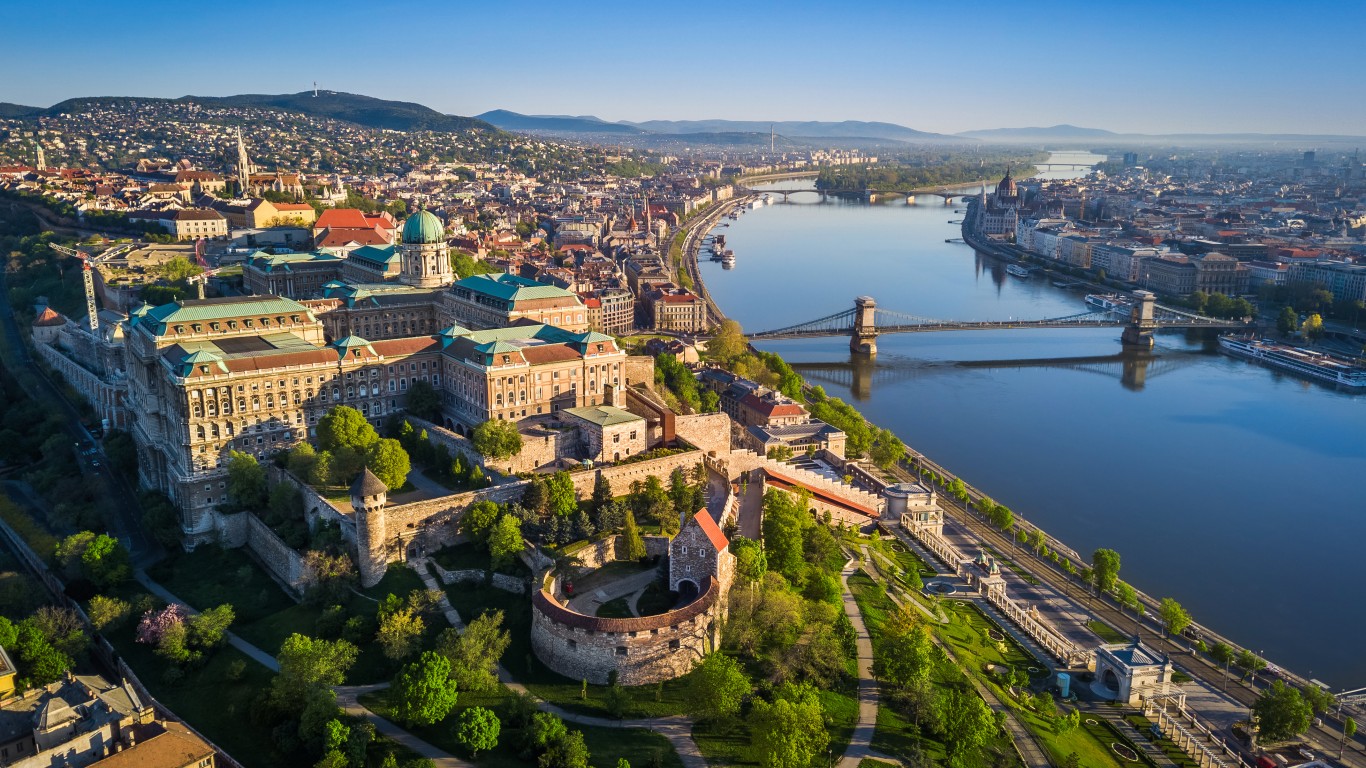
2021 Defense Spending: 1.32%
2024 Defense Spending: 2.11%
Another Warsaw Pact alumnus, Hungary was part of the 1999 NATO expansion. In more recent years, Hungary’s far-right Prime Minister has been increasingly at odds with other members of the alliance and the European Union. In July 2024, he met Vladimir Putin at a summit widely condemned by NATO and EU leaders.
Orban has called for immediate peace in Ukraine and is firmly against sending aid to Kyiv. He also held up Sweden’s application to join NATO. He’s also insisted on Hungarian soldiers not taking part in any military operations outside of NATO territory. Still, Budapest has made good on its pledge to spend 2% on defense and has plans to increase spending further should the war in Ukraine drag into 2025.
Germany
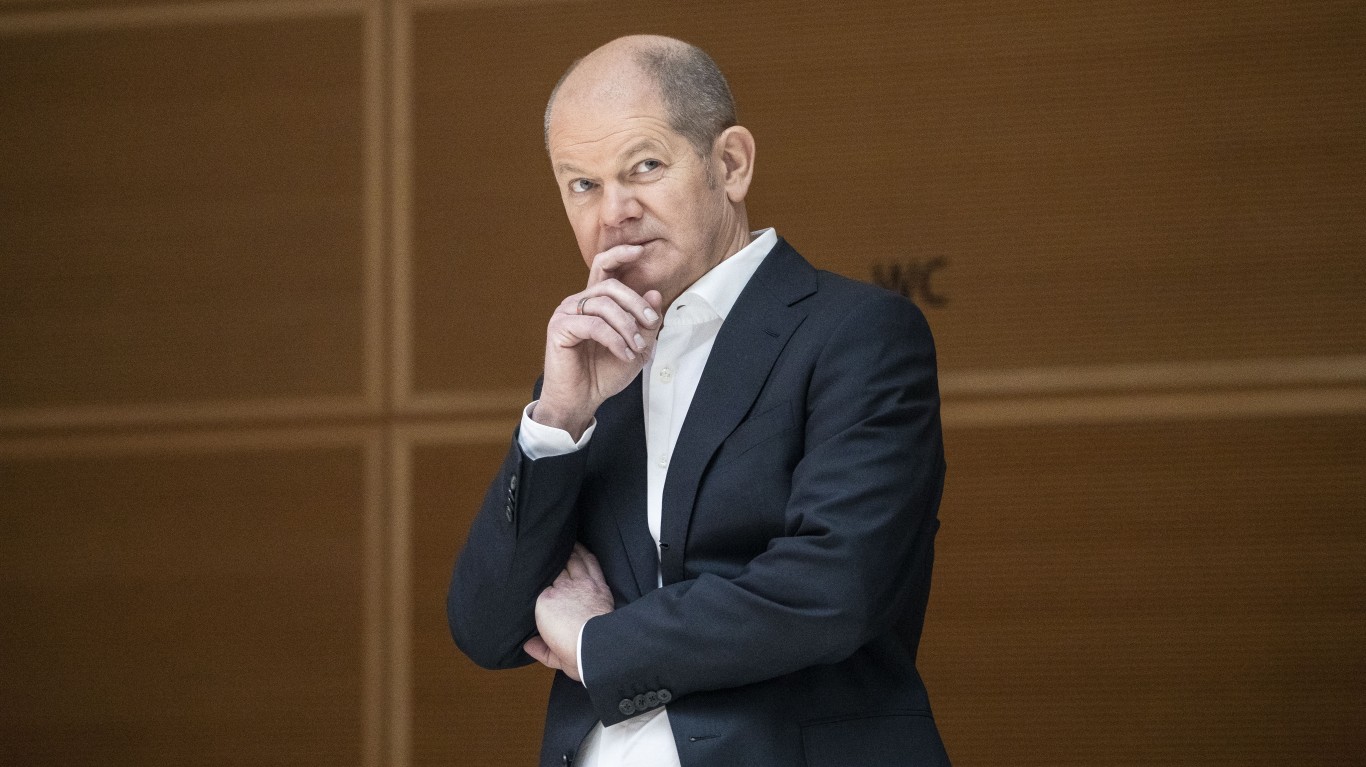
2021 Defense Spending: 1.45%
2024 Defense Spending: 2.12%
Germany has the largest GDP in Europe and the third largest globally but Berlin has long neglected its military. As a member of NATO since 1955, Germany lagged far behind its peers in defense spending. Chancellor Olaf Scholz recently announced Germany would meet its 2% obligation in the next fiscal year by drawing from an emergency fund. Germany’s full rearmament will take time.
Sweden
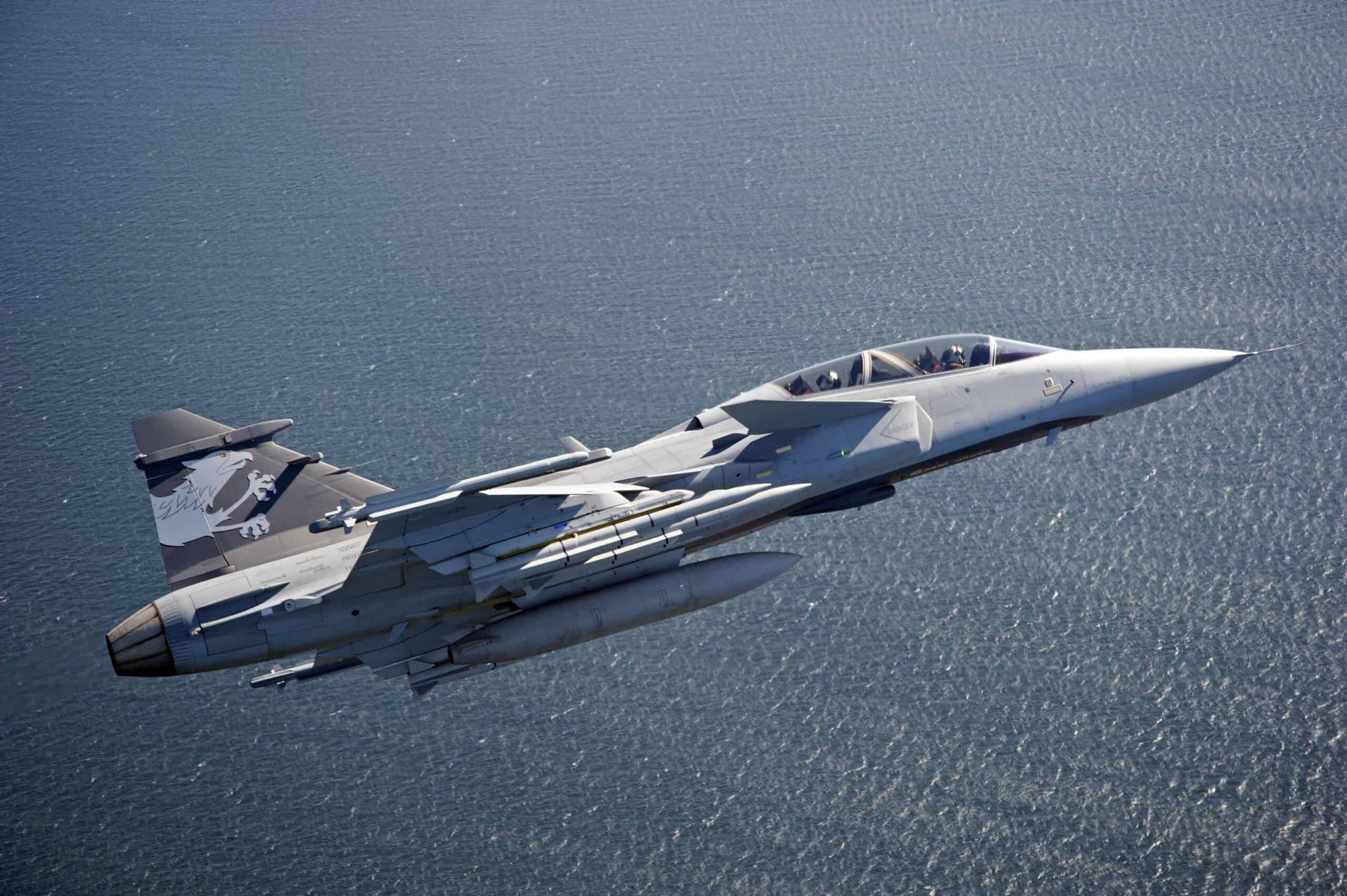
2021 Defense Spending: 1.42%
2024 Defense Spending: 2.14%
Sweden is the newest member of NATO though it would have joined sooner but for obstruction from Turkey and Hungary. A historically neutral country, Sweden pivoted away from almost 200 years of non-alignment when it joined the EU in 1995. Sweden will meet its spending obligation in its first year as a full NATO member and its parliament is discussing plans to ramp up spending further.
Bulgaria
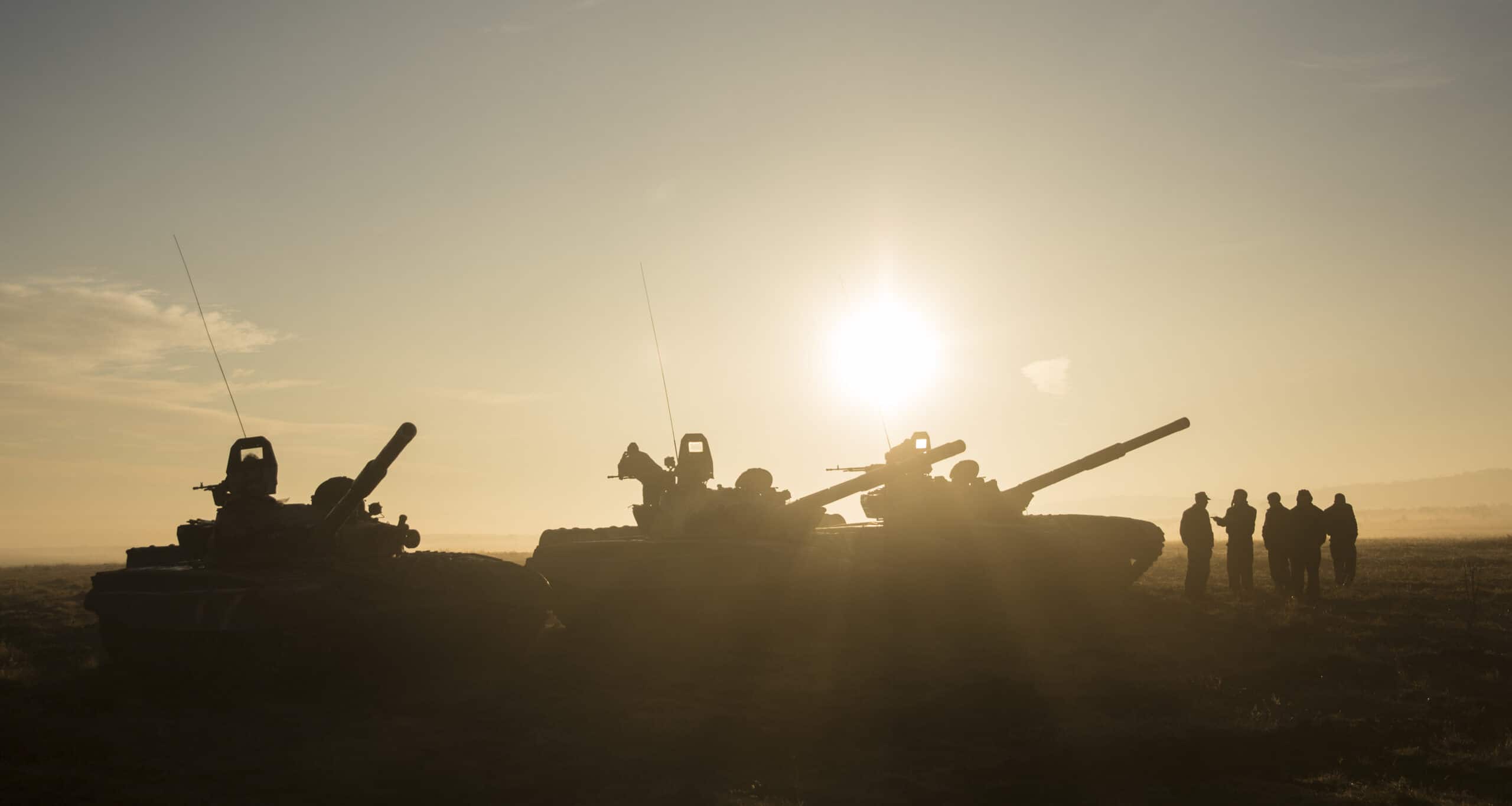
2021 Defense Spending: 1.52%
2024 Defense Spending: 2.18%
NATO strengthened its presence in the Black Sea when Bulgaria joined the alliance in 2004. Bulgaria met its defense spending obligations in 2023 with a sharp increase in the defense budget from the previous year. Sofia has focused on procuring modern aircraft and revising its pay structure to meet recruitment goals.
Bulgaria is divided on the Ukraine issue. A substantial portion of the public and influential politicians are skeptical of providing aid to Ukraine. President Rumen Padev, a largely symbolic figure, refused to participate in a NATO summit in July 2024 due to disagreements over Ukraine.
Norway

2021 Defense Spending: 1.68%
2024 Defense Spending: 2.2%
After suffering under German occupation in World War Two, Norway explored a security pact with Sweden in the postwar years. After concluding a mutual defense treaty among Nordic countries would not be strong enough, Norway spurned neutrality to join NATO as a founding member in 1949. At the time, Norway was the only NATO member that bordered the Soviet Union, their shared boundary is just over 120 miles long.
Norway’s key strategic position is vital for the alliance but Oslo struggled to pay its way in NATO for several years. In April 2024, Norway announced a gigantic hike in defense spending to bring past the 2% goal set in 2014.
North Macedonia

2021 Defense Spending: 1.45%
2024 Defense Spending: 2.22%
North Macedonia’s difficult past with its neighbors held up its ascension to NATO for years. Macedonia became North Macedonia in 2019 following a treaty with Greece to resolve the two country’s outstanding issues. The 2018 Prespa Agreement with Greece lifted North Macedonia’s barrier to NATO membership. However, Bulgaria is holding up its EU application over minority rights concerns. North Macedonia ramped up its defense spending in 2024 to 2.22% of GDP, placing 11th among NATO members.
Romania
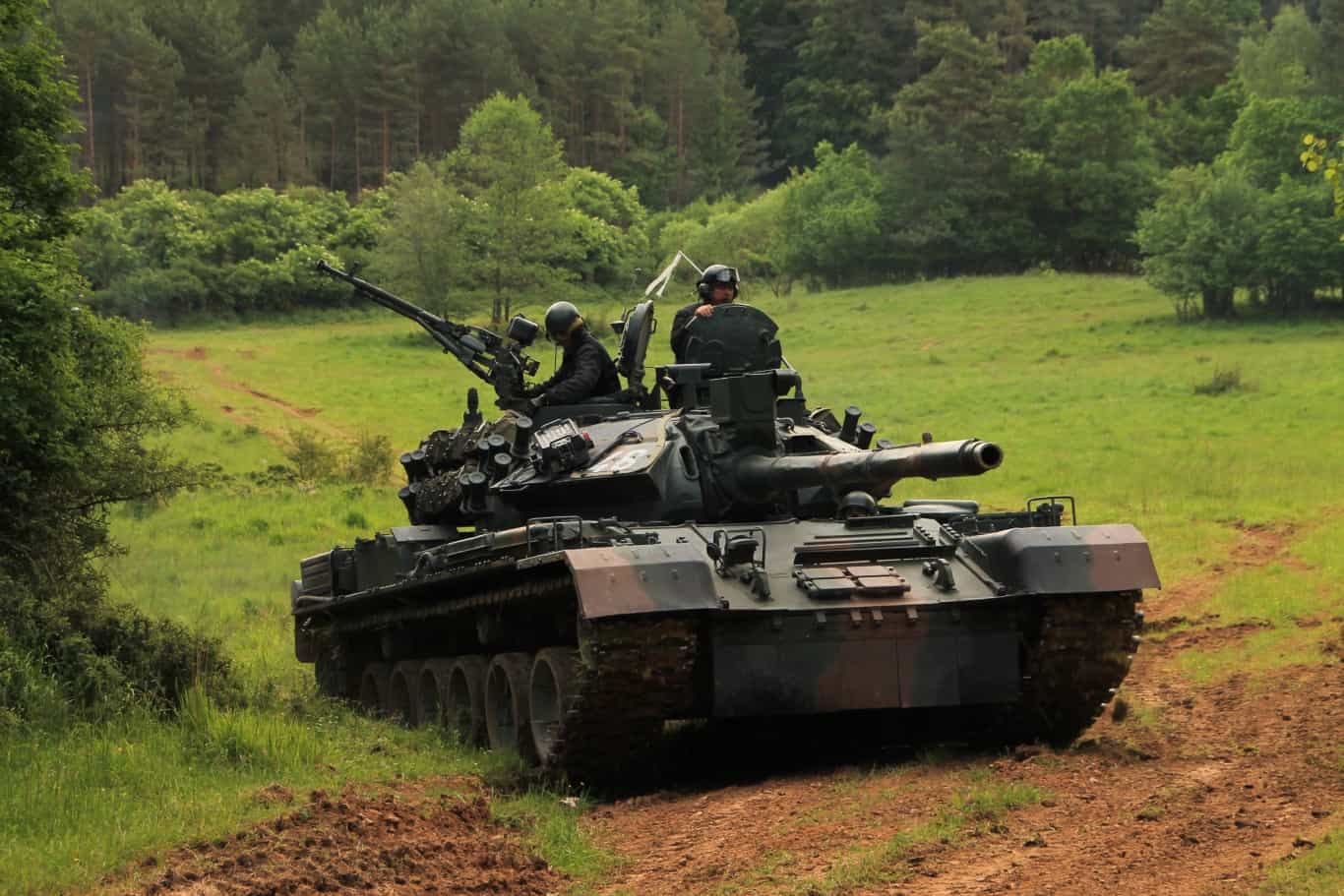
2021 Defense Spending: 1.85%
2024 Defense Spending: 2.25%
Romania was another Communist Bloc country that pursued closer ties with the West after the Cold War and joined NATO and the EU in the 2000s. Romania’s geographic position makes it a key member of the alliance. Its coastline shores up NATO’s presence in the Black Sea and Romania shares a border with Ukraine.
Since the invasion of Ukraine by Russia, Romania’s defense spending has surged by over 50% as part of a major overhaul of its military. Romania is one of the most pro-Ukraine members of NATO. In addition to donating air defenses and agreeing on a long-term security pact, Bucharest took in over 130,000 refugees from Ukraine.
United Kingdom
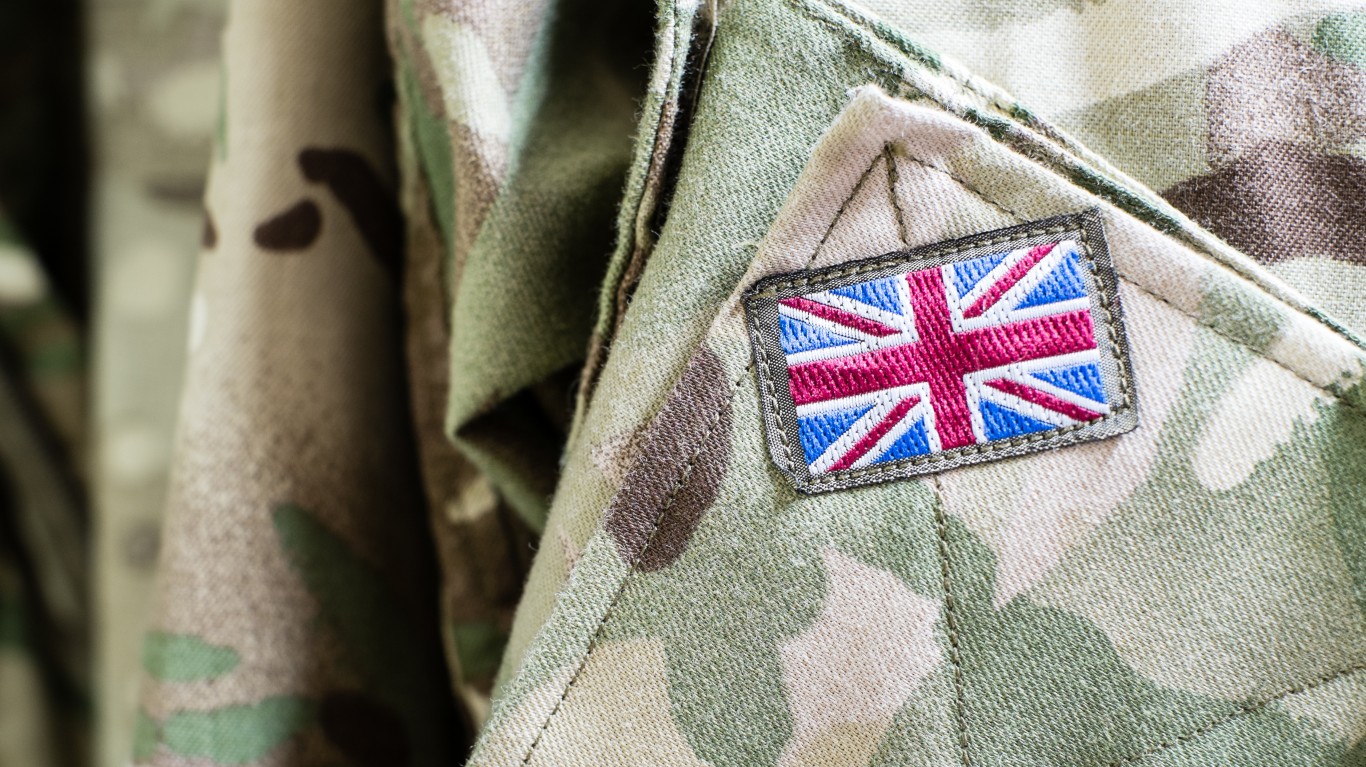
2021 Defense Spending: 2.29%
2024 Defense Spending: 2.33%
In 2014, Britain was one of the few members already spending 2% of its GDP on defense. The UK continues to meet its obligations and newly-elected Prime Minister Keir Starmer reaffirmed his campaign promise to raise defense spending to 2.5%. His predecessor had made the same pledge in April.
Denmark
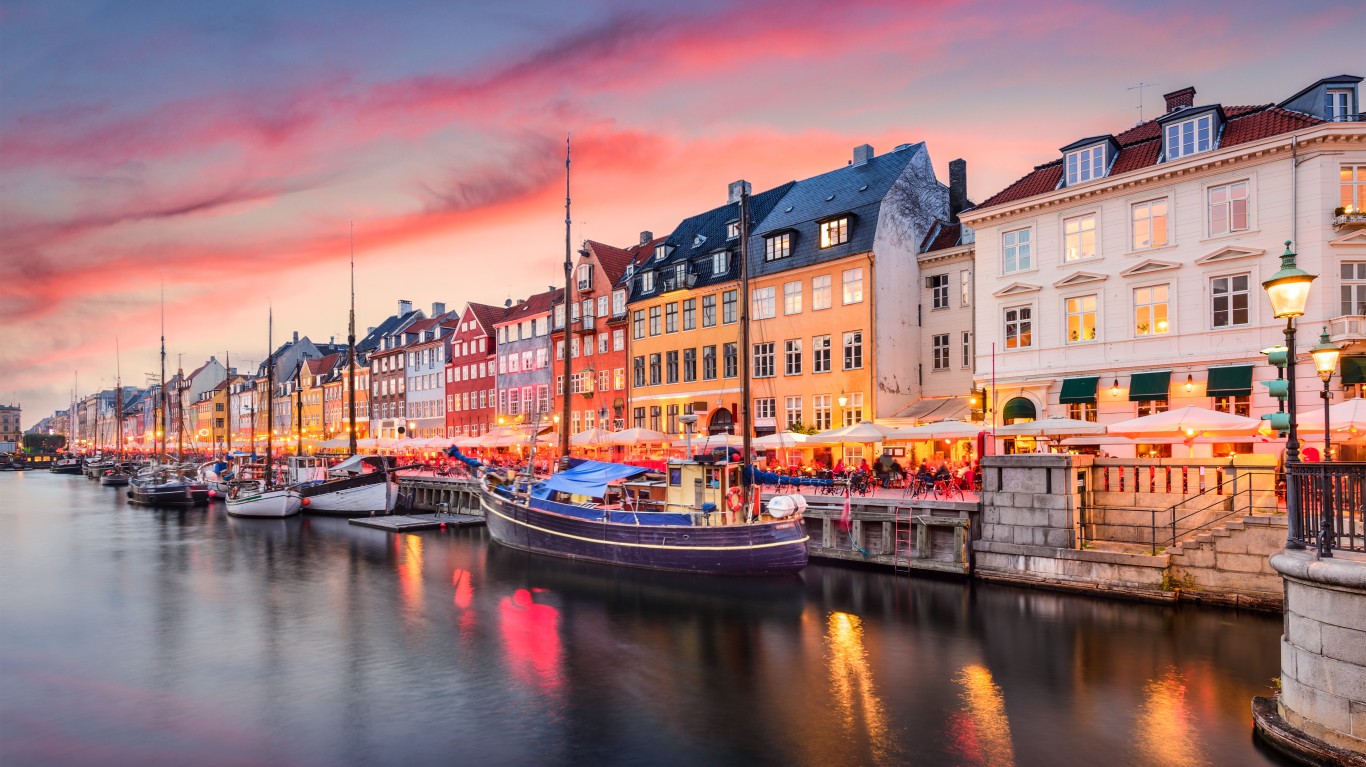
2021 Defense Spending: 1.3%
2024 Defense Spending: 2.37%
Like Norway, Denmark was a Nordic country that suffered under German occupation in World War Two. The country’s meager military was overrun in a matter of hours. After World War Two, Denmark sought greater security and was a founding member of NATO in 1949. However, Copenhagen’s defense spending dropped considerably in the 1990s and remained well short of expectations for several years.
Denmark seemed set to miss the 2% target by 2024 but the Danish government announced a huge increase in defense spending in April. Denmark donated all of its artillery shells to Ukraine in February 2024.
Finland
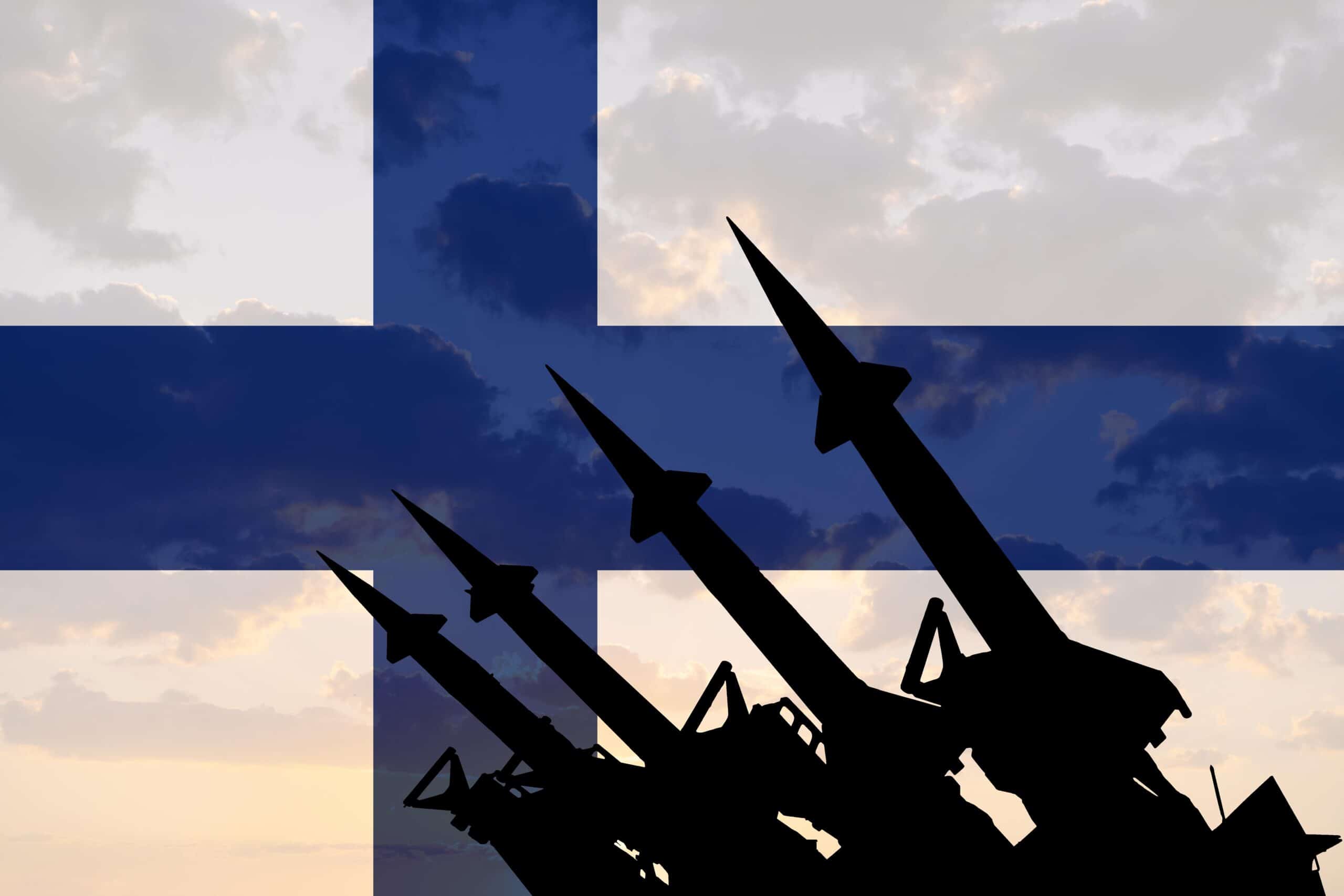
2021 Defense Spending: 1.4%
2024 Defense Spending: 2.41%
Finland has a bleak history with Russia but chose neutrality rather than NATO membership after World War Two. With a shared border with Russia, Finland promised to stay out of NATO and made concessions to Moscow in exchange for retaining de facto independence. The policy was sometimes referred to as “Finlandization” a survival plan for a small nation bordering a powerful one.
Finland pivoted from neutrality after the collapse of the Soviet Union and joined the EU in 1995 but remained wary of joining NATO. However, in the words of former prime minister Sanna Marin, after Russia invaded neighboring Ukraine, Finland’s position changed overnight:
“We saw that today’s Russia is a Russia willing to attack a neighboring country. And what was the only thing that could have stopped them? A border against NATO”
Finland’s parliament voted overwhelmingly for membership and Finland joined NATO in 2023. It hasn’t taken Helsinki long to reach the spending goal.
Lithuania

2021 Defense Spending: 1.96%
2024 Defense Spending: 2.85%
Lithuania was the first of the Baltic nations to declare its independence from the Soviet Union in 1990. The people of Vilnius resisted a coup attempt backed by Moscow in January 1991 to force Lithuania back into the Soviet Union. With that troubled past and shared border with Belarus – a key Putin ally – and Kaliningrad, it’s no surprise Lithuania sought to join NATO in 2004.
Lithuania has a small population but it punches well above its weight. Like the other Baltic states, Lithuania easily meets the 2% threshold and has taken an outsized role in supporting Ukraine.
Latvia
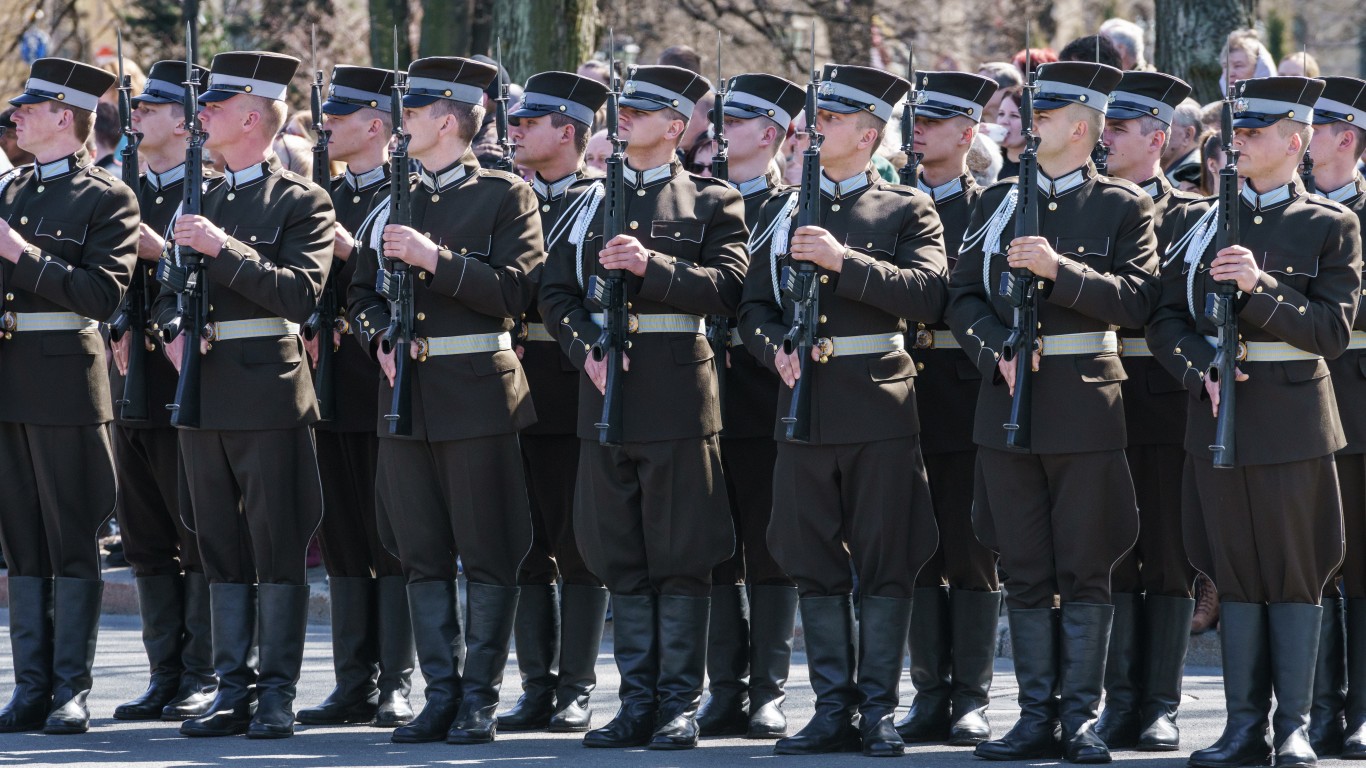
2021 Defense Spending: 2.09%
2024 Defense Spending: 3.15%
Latvia joined NATO with its Baltic neighbors in 2004, though it began participating in NATO programs in 1994. Latvia has a 168-mile border with Russia and hosts one of four northeastern battle groups in NATO. Since the Russian invasion, the alliance has strengthened its forward presence in the east.
Latvia reached the 2% goal in 2018 and continues to spend big on its defense.
Estonia

2021 Defense Spending: 2.03%
2024 Defense Spending: 3.43%
Estonia has the smallest population of the Baltic states but spends an even greater proportion of its GDP on defense than even the United States. That figure could climb even further with General Martin Herem suggesting 5% as a possible milestone.
Estonia is also the pound-for-pound champion of Ukraine aid. It has taken in 50,000 refugees (3% of its population) and spent over 1.3% of its GDP on aid. It provides weapons, ammunition, medical supplies, and support equipment.
Greece
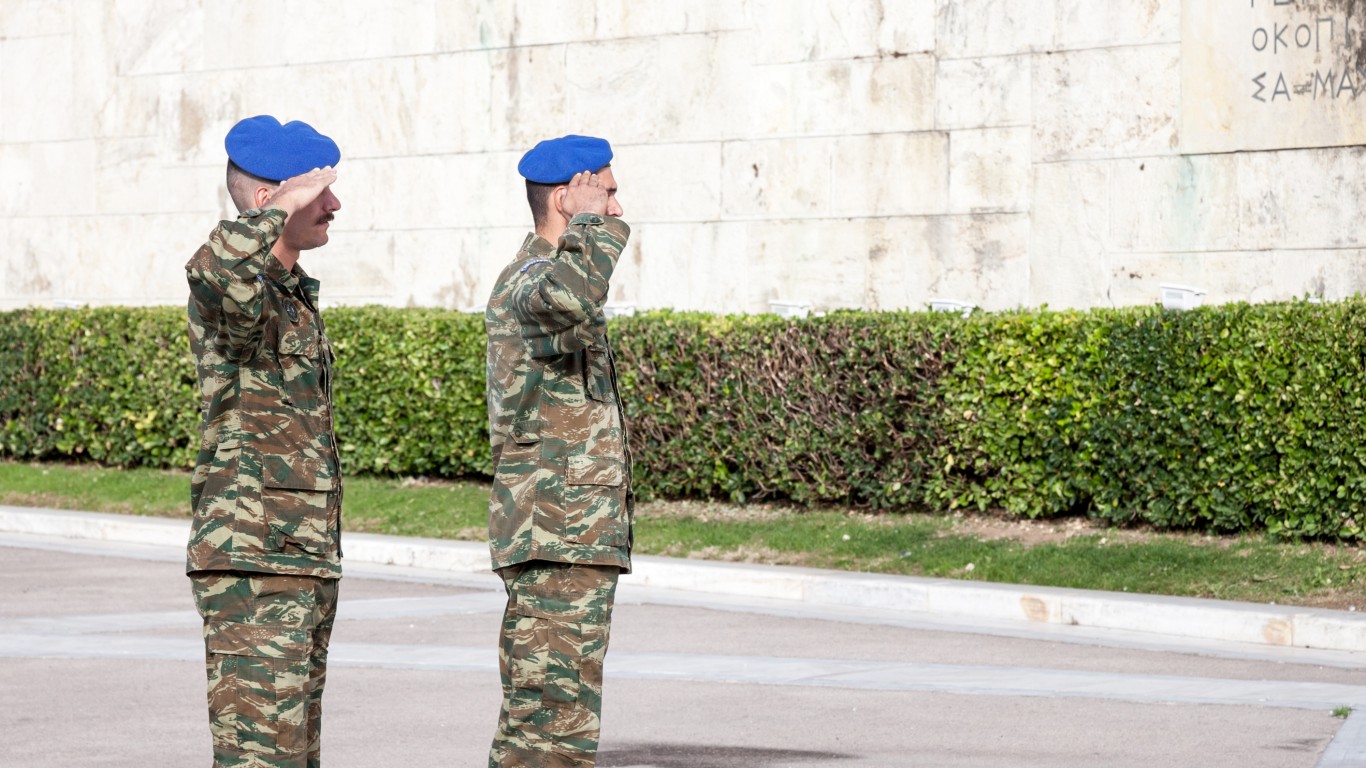
2021 Defense Spending: 3.7%
2024 Defense Spending: 3.08%
Greece plunged into a brutal civil war after Axis forces were expelled near the end of World War Two. The communist forces were defeated thanks to the intervention of the British and then American forces. Greece joined NATO along with Turkey in 1952 which helped secure the alliance’s southern flank while Greece gained security against its Soviet-aligned neighbors.
Greece was the only NATO country outside of the United Kingdom and the United States that was already at the 2% goal in 2014. The United States praised Greece for greatly exceeding the 2% guideline in February 2024. However, Greece’s military spending is probably more a reflection of its tensions with Turkey than its commitment to NATO.
United States

2021 Defense Spending: 3.53%
2024 Defense Spending: 3.38%
The United States is by far the biggest spender in NATO. Washington’s defense budget is still much greater than the other NATO members combined but the gap is narrowing. As for defense spending as a percentage of GDP, the United States is third in NATO behind Estonia and Poland. The US military budget continues to rise but slower than other NATO members.
Poland
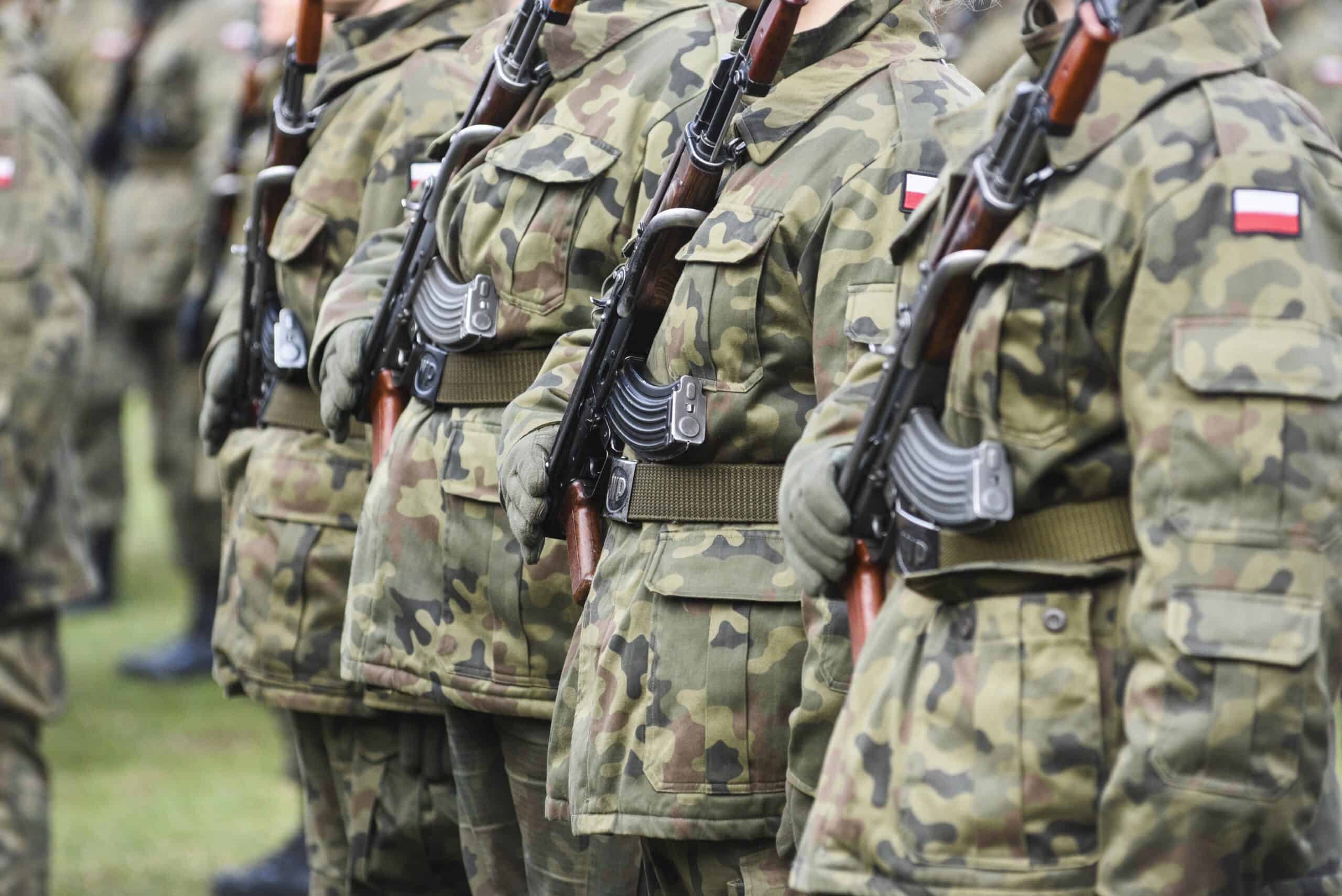
2021 Defense Spending: 2.22%
2024 Defense Spending: 4.12%
Poland was technically still a part of the alliance named after its capital when it began exploring a path to joining NATO in 1989. Ten years later, Poland was part of the influx of ex-Warsaw Pact members that joined NATO in 1999.
Poland’s strategic position makes it one of NATO’s most important members in the east. Kaliningrad, the Russian exclave, is situated between Poland and Lithuania. Poland also borders Belarus, a de facto Russian satellite state, and of course, Ukraine. Poland was one of the biggest supporters of Kyiv in the early phase of the conflict with Russia. A vital shipment of hundreds of Soviet-era tanks, already familiar to Ukrainian armed forces, helped stem the initial onslaught. Polish-Ukrainian relations soured somewhat over a grain dispute but Warsaw continues to be one of the most active members of NATO.
Poland has by far the highest rate of defense spending in NATO. A spate of procurements of modern armor and aircraft and a surge in military spending underlines Warsaw’s commitment to strengthening its military. With such a troubled past involving aggressive neighbors, it’s no wonder Poland is trying to become a regional powerhouse.
Conclusion
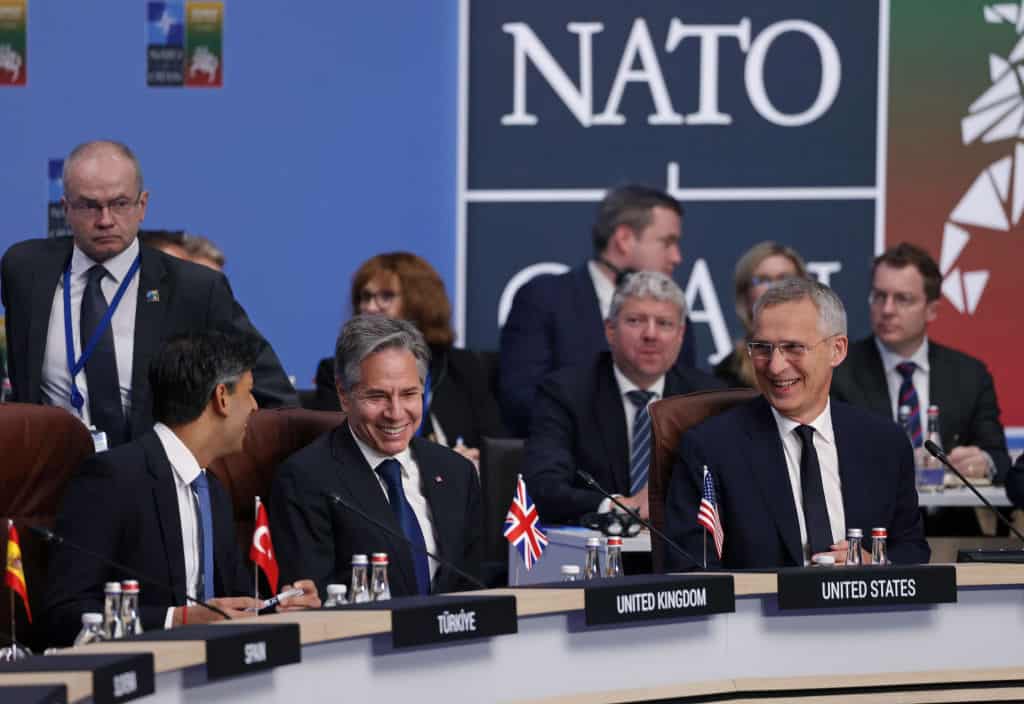
In its 75th year, NATO is as important for maintaining global security as it was at the height of the Cold War. One of the most persistent criticisms of the alliance has been the disproportionate share of the burden taken on by the United States. While some members continue to drag their heels, that critique is no longer valid for a clear majority of NATO members. The United States still spends far more on defense than any other member of NATO but the gap has narrowed considerably since the Russian invasion of Ukraine. Though doubtless motivated by the urgency of their proximity to Russia, Poland and the Baltic States have gone above and beyond their obligations and are providing an example for the rest of NATO to follow.
Get Ready To Retire (Sponsored)
Start by taking a quick retirement quiz from SmartAsset that will match you with up to 3 financial advisors that serve your area and beyond in 5 minutes, or less.
Each advisor has been vetted by SmartAsset and is held to a fiduciary standard to act in your best interests.
Here’s how it works:
1. Answer SmartAsset advisor match quiz
2. Review your pre-screened matches at your leisure. Check out the advisors’ profiles.
3. Speak with advisors at no cost to you. Have an introductory call on the phone or introduction in person and choose whom to work with in the future
Get started right here.
Thank you for reading! Have some feedback for us?
Contact the 24/7 Wall St. editorial team.